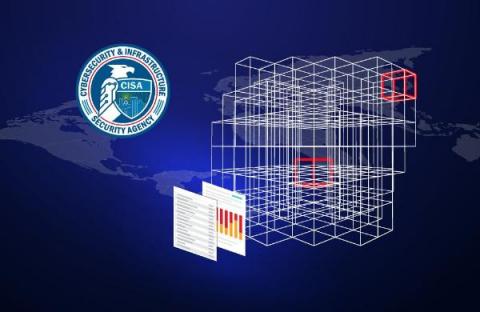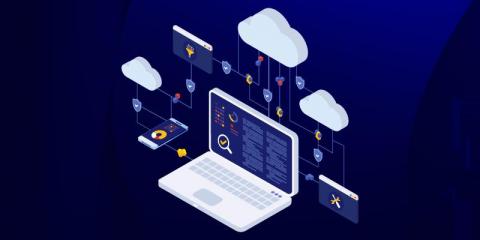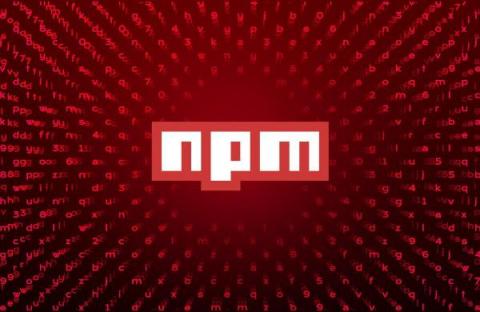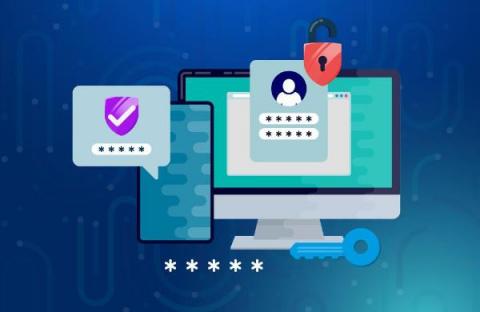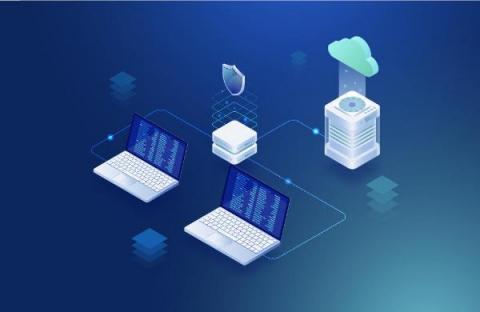Why an SBOM is Vital to Application Security and Compliance
Attacks targeting the software supply chain are on the rise. Indeed, data from the Mend Open Source Risk Report shows a steady quarterly increase in the number of malicious packages published in 2022, with a significant jump in Q3, which jumped 79 percent from Q2. The European Cybersecurity Agency (ENISA) predicts that supply chain attacks will increase fourfold by 2022.


